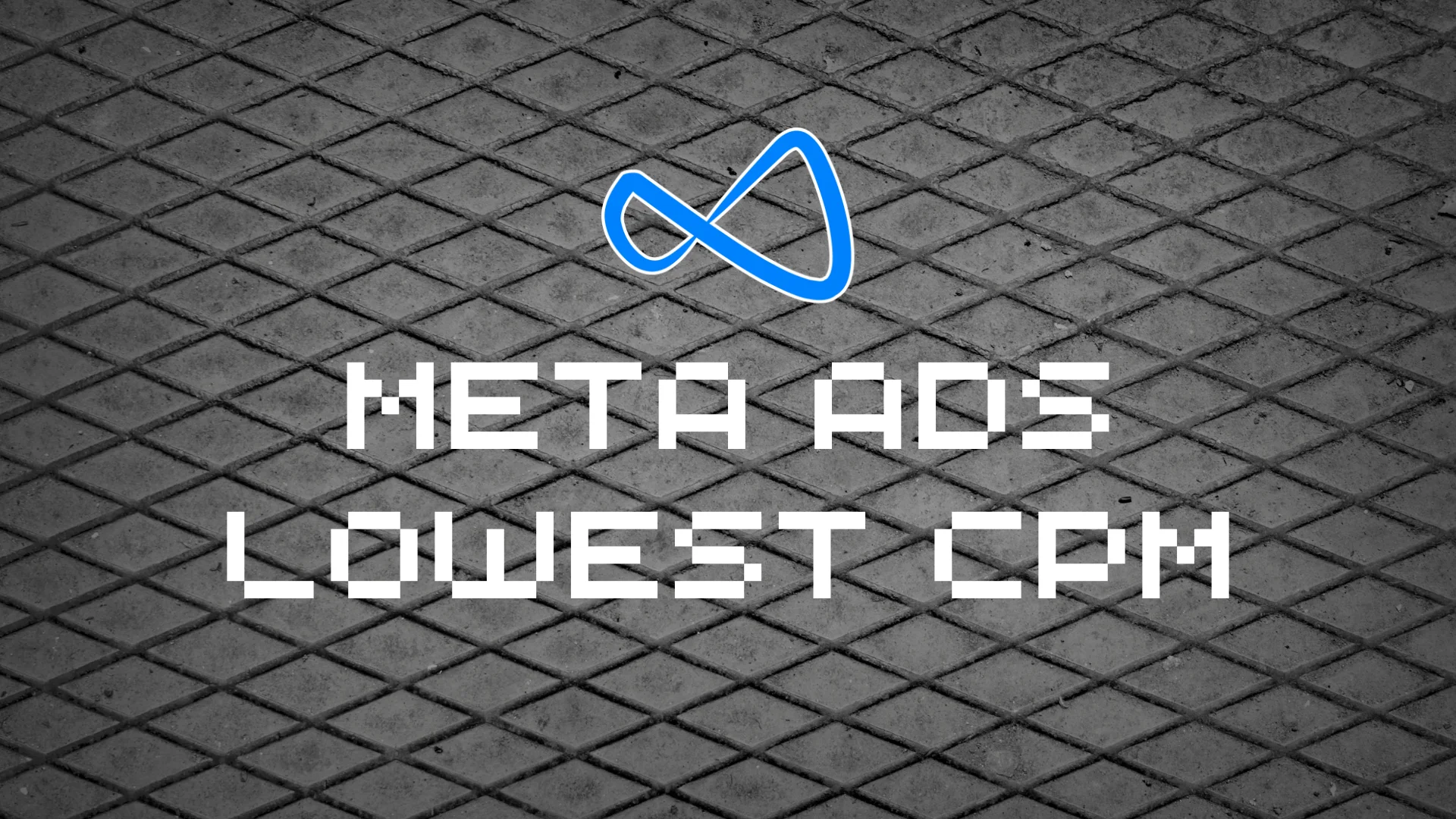One of the more exciting trends in marketing is the rise in interest in engaging employees as influencers and content creators. Recent research from agency giant Ogilvy finds that 89% of C-suite B2B marketers recognize that tapping employees as influencers “holds immense value for their businesses.” As a result, I see just about everyone rushing to create content to help the business. That small earthquake you just felt was the collective shudder of marketing practitioners in B2B businesses across the planet. They’re worried about little things like consistency, tone, story, and quality. You know, everything that makes your content and marketing strategy work. Is it possible to scale your efforts in a way that enables more content creators across the organization without sacrificing the “little” things? I think there is — and the model comes from the entertainment industry.
Think like a movie director
If you ask an actor or screenwriter about their career goals, they’ll almost always say, “But what I really want to do is direct.” This Hollywood trope is so prevalent that someone put it on a T-shirt. Ironically, the director may participate the least in the creative work. A director’s role isn’t to write, act, play music, edit, or even point a camera. The director’s job is to direct and enable the individual artists’ contributions to the film product. Yes, some directors do double duty by writing or acting. But the director’s function remains clear: Guide, enable, and manage a team of storytellers to produce a powerful and engaging work. In a great film, the words, pictures, actors, costumes, music, and editing mesh so completely that removing any of them would pull the piece apart. Transcendent directors do this so successfully that their signature style shines through even when they use different contributors for each project.
Why content teams should direct
B2B content and marketing teams would benefit from embracing the director role. Take this example from a B2B company I worked with recently. The company’s content leader told me her team — a content studio — had finally earned enough internal respect that it became the go-to team for content and design. But that achievement came with a frustrating new responsibility. More and more people saw them as a bottleneck preventing the release of more content. While the content leader wanted her team to play a more important role, she grew concerned that the landslide of content requests would lead the team to produce unremarkable content. She asked me, “How do we become more strategic to the business without adding more headcount? How can we take on more content without sacrificing quality?”
Without a doubt, scalability is the biggest challenge in content marketing. The ability to “create enough content” gets mentioned as one of the top challenges in CMI’s content marketing research year after year. Adding more writers, designers, podcasters, and other skilled staff never solves that challenge. Here’s the thing: The ability to grow doesn’t lie in the capability to produce enough content. The ability to grow lies in turning the content strategy team into more than a collection of creators skilled at words or pictures who create content assets. To scale, the content team must enable every other part of the business to do the same. You need a team that wants to direct. The content team’s remit must expand into the role of director. That means it:
Sets the standard
Prioritizes the content
Guides and enables the organization to tell a consistent story.
“Now wait just a doggone second,” you say. “How can a team of people all act as a director? Isn’t the director one person?” Yes, that’s true in the movie business, and it might be true in smaller organizations. But in a larger, more siloed business, the function of the content team must expand to include acting as a movie director. In this scenario, the team doesn’t exist to create content on demand. It enables the broader organization to develop and integrate its messages into a common voice. Content team members may do double duty as writers, editors, or designers. But that’s not their primary purpose. They don’t simply provide words and pictures for a sales professional to copy and paste into a document that gets attached to a customer email. The content team’s new remit should include guiding, shaping, and developing the sales professional’s ability to deliver their best story. Occasionally, that creator might be someone on the content strategy team. But in most cases, it will be the salesperson working from a common script.
My advice to any content leader looking to scale a team and become more strategic is to buy every content team member a T-shirt that says, “But what we really want to do is direct.” Then, coach the team to stop acting as an internal content production studio and start directing all enterprise content regardless of who creates it.
Scale to director level with these 6 responsibilities
To facilitate this evolution, you must redefine the team charter to direct others in creating content by setting common standards, guidelines, and playbooks. And the new charter requires the content team to take on new roles, responsibilities, and functions. I see six primary areas of responsibility for the team. Each balances individual contribution with skills to foster in the broader organization. What do those responsibilities look like? This graphic summarizes the six responsibilities and processes the content team should handle.
1. Strategy: Planning and prioritization
A movie director first works with department heads to create a charter, purpose, goals, and focus for the production. Similarly, the content team needs to define a charter for how content will be created, managed, promoted, and measured (in other words, a content plan). What does collaboration look like, and how will it happen?A great director provides a consistent storyboard, shot calendar, timeline, and plan so everybody knows what gets created and when. Likewise, a content team must help the business set content objectives, distribute resources, and balance priorities and business needs.
2. Creation: Raw creation and management
Once you have prioritization, scheduling, and resource planning under control, the process becomes less linear yet more efficient. Does that seem confusing? Think of it this way: A movie director might send one team off to shoot what’s called b-roll. (Think establishing shots, crowd shots, or filler shots that establish context.) This kind of filming can happen at any time (not just when it’s needed) because everything is planned. The director describes what’s required but doesn’t have to provide it or even be present when these scenes are filmed. Likewise, a great content manager might lead (but not create) content captured by someone in account services. The content team can remix the assets the account services staff captures into case studies, marketing pieces, advertising, or thought leadership. The person in account services knows what to do because the content team member provided a complete “shot list,” set of interview questions, etc. All this planning, scheduling, and architecting allows more people to create raw content — the components of many content experiences.
3. Production: Asset assembly and packaging
A centralized method of organizing, prioritizing, and scheduling allows for a detailed bill of materials for the designers, production artists, and other creative teams who will put the assets together for the finished experiences.Filmmakers make great use of technology to organize, approve, and move raw content elements into finished pieces. Content strategy teams can do the same. I see successful teams using digital asset management and calendaring/collaboration tools to organize raw content elements into a “single source of the truth” for assembling customer experiences. When all the elements come together, it becomes faster and easier for anyone creating content to know what’s available and approved and how it can be made available to broader audiences across the organization. Decisions can be made to direct people to share the content in their own words or exactly as requested. It allows internal and external teams to maintain consistency, creativity, and quality when working from a consistent supply of raw content.
4. Merchandising: Scheduling and distribution
Most companies mistakenly equate the number of content assets with the number of digital assets. They waste time having to “undo” digital assets to retrieve content for repurposing. In a film, a product asset manager plays a critical role. They ensure every asset (film, audio, video, photos, and so on) gets tagged…
Source link























